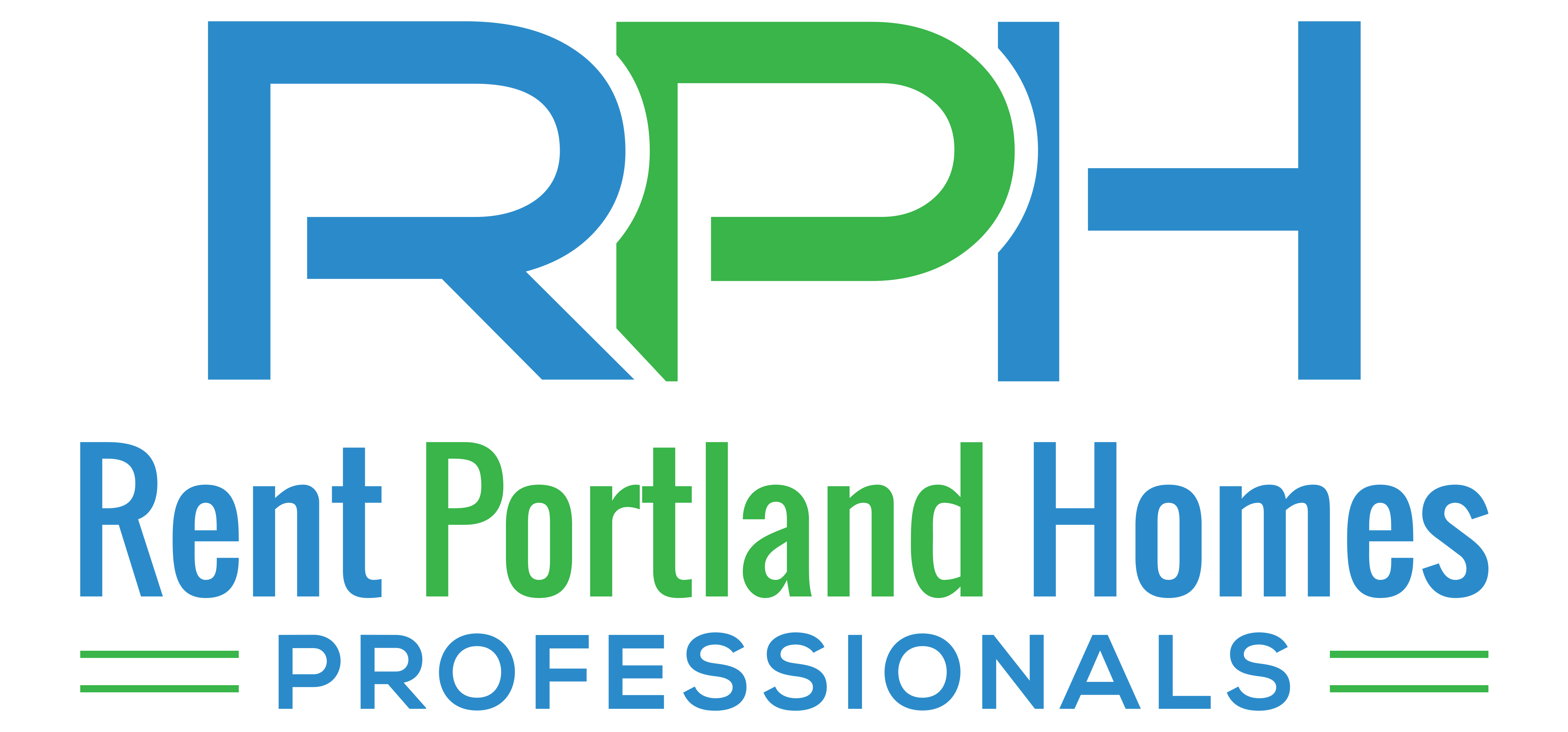Can you use corporate market research to find the right rental markets? Yes!

If you are new to real estate investing, one of the most common buzz words in real estate is the “Starbucks Effect”. This phrase has become well-known over the years as studies have shown that properties located near Starbucks locations often increase in value when compared to areas where a Starbucks hasn’t been placed yet.
This is good to know for investors who are struggling with finding rental markets to invest in because it means that instead of having to struggle with where to find great rental markets, they can ‘piggy back’ off large corporations research and invest in locations near their favorite franchises.
Why Piggy Backing Off Corporate Market Search Works
Corporate market research can be a valuable tool in helping you identify the right rental markets, especially if you are considering real estate investments or property rental businesses. Here are several ways in which corporate market research can contribute to your decision-making process:
- Demographic Analysis:
- Market research can provide detailed demographic information about different areas, helping you understand the target audience for rental properties.
- Demographic data such as age, income levels, and family size can influence the demand for certain types of rental properties.
- Economic Indicators:
- Understanding the economic conditions of a region is crucial. Corporate market research can provide insights into employment rates, income growth, and other economic indicators that impact the rental market.
- Competitive Landscape:
- Research can help you understand the existing competition in a specific rental market. It’s essential to know what types of properties are available, their rental rates, and the overall demand-supply dynamics.
- Local Regulations and Zoning Laws:
- Different regions have varying regulations and zoning laws that can affect the rental market. Understanding these factors is crucial to avoiding legal issues and ensuring compliance.
- Trends and Market Dynamics:
- Corporate market research can highlight trends in the real estate market. For instance, you might discover emerging neighborhoods, shifts in tenant preferences, or changes in rental pricing.
- Infrastructure and Amenities:
- Assessing the quality of infrastructure and the availability of amenities in a particular area is vital. Market research can help you identify areas with good transport links, schools, healthcare facilities, and other amenities that can attract tenants.
- Risk Assessment:
- Research can aid in assessing the risk associated with investing in a particular rental market. This includes considerations such as potential for property value appreciation, vacancy rates, and economic stability.
- Tenant Behavior and Preferences:
- Understanding the preferences and behaviors of potential tenants can guide your decisions regarding property features, amenities, and pricing strategies.
- Technology and Innovation:
- Keeping abreast of technological advancements impacting the real estate sector is important. This might include the adoption of smart home technologies or changes in the way properties are marketed and managed.
- Future Development Plans:
- Research can reveal future development plans for an area. Knowing about upcoming infrastructure projects or urban development can provide insights into the growth potential of a rental market.
In summary, corporate market research can be a valuable ally in identifying the right rental markets by providing a comprehensive understanding of the economic, demographic, and competitive factors influencing the real estate landscape in different areas. It enables you to make informed decisions that align with your investment goals and risk tolerance.
The Chick-fil-A Method
As noted, picking the right areas to invest is a crucial part of the real estate business. I would go as far as saying that avoiding really tough areas (unless you’re an expert on such areas, of course) is basically a requirement for staying solvent.
Furthermore, I would also recommend always doing your own market research. There are all sorts of free websites, such as City-Data.com, that provide useful information, as well as paid services with even more precise data. Just driving around or talking to locals and seasoned investors can give you a good idea of the quality of an area and in which direction it’s heading. (In fact, I wrote a whole article on this topic).
But, following some large corporation’s market research is a good way to narrow down which areas to look for. (You can go back and verify that neighborhood’s quality after seeing where these companies are locating their new stores). One example of this method is the “Chick-fil-A rule” Greg Cullen uses and discussed on the BiggerPockets podcast. As he describes it:
“So, if there’s something by a Chick-fil-A, I will take advantage of their real estate team and all the research that they’ve done.
“In this area, in the suburbs of Orlando, you had one Chick-fil-A originally. Over the years, there’s grown to be about three Chick-fil-As… I realize I can leverage someone else’s expertise, and their real estate team probably has so much more time than what I do. So if I can latch onto that experience and buy around those areas, it’s going to help me out in the long term.”
Chick-fil-A does have one of, if not the best reputation among fast food restaurant chains and tends to open new locations in thriving and improving areas.
I had a similar “strategy of sorts” when I came out to Kansas City, based around Chipotle. The “Chipotle bump,” we called it.
But then there’s Whole Foods, which BiggerPockets podcast host Rob Abasolo points out is the be-all, end-all of respectfully following the work of corporate market analysts:
“The Whole Foods rule. If you see a Whole Foods go in, it’s like, ‘Oh man.’ Chick-fil-A is pretty good, but if Whole Foods goes in, it’s like that’s a home run.”
As S&P Global notes, “The average household income in a Whole Foods ZIP code was $117,322, 60.4% higher than the average U.S. household income.” So yes, Whole Foods is a very good indicator of wealthy and/or gentrifying neighborhoods.
David Greene sums up the key point here well:
“[If] you’re trying to find an area that’s going to experience above-average growth. A Whole Foods going in, a Chick-fil-A going in, that means that other companies with very smart people have done research that have determined you are more likely to have people moving into this area to support this business. They’re looking at construction, housing starts, demographic patterns. That’s all stuff real estate investors need to be looking into.”
Improving and Gentrifying Neighborhoods
There are other, more direct factors one can look at when it comes to finding up-and-coming neighborhoods. Indeed, just checking your local business journal to see where new developments are taking place is a great step, as is reviewing the economic development plan of the city you live in if they have one.
But indirect indicators such as a new Chick-fil-A or Whole Foods coming in are a better way to determine such trends than one would initially think.
Source – Bigger Pockets
Contact Portland Rental Management
At Portland Rental Management, we know the Portland Rental Market better than most investors. This means that we can find find the best neighborhoods for you to invest in regardless if you are planning on adding single family or multifamily rental properties to your investment portfolio.
To learn more about the property management services that we can offer you, contact us today by calling (503) 791-4610 or click here to connect with is online.
investment property investments property management property manager rental property rentals





